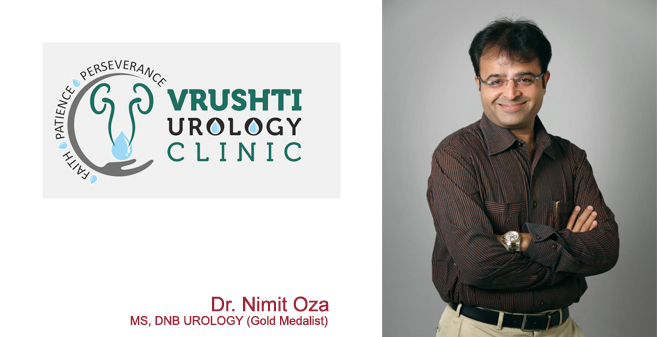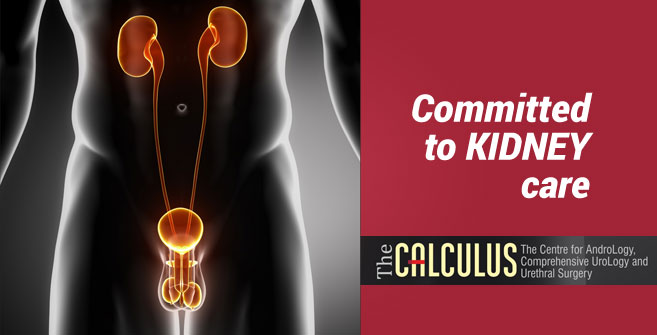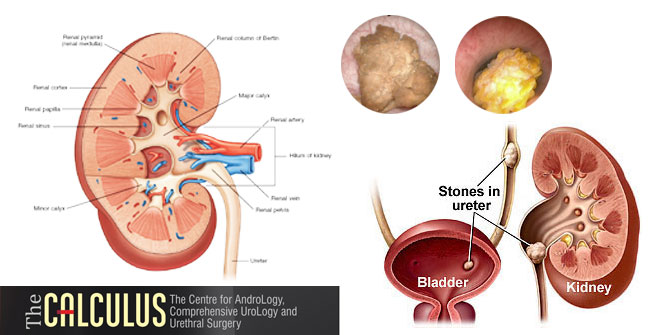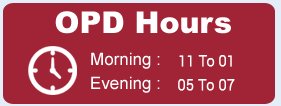Endo-Urology
This is a method whereby most of the urinary surgeries are performed by passing telescopes through normal urinary openings without giving any cuts in the body. This method can take care of most of the urinary problems like stones, bladder cancer, prostate enlargement (BPH), bleeding through urinary tract, etc. The common urological procedures are URS, PCNL, TURBT, TURP.
SERVICES
1.Ureteroscopic Stone Removal (URS)
All the ureteric stone can be treated with this endoscopic technique.
Upper ureteric
Middle ureteric
Lower ureteric
Technique:Ureteroscopy is highly successful procedure for the retrieval of stone in the ureter. It is passed through the normal urinary opening through the bladder into the ureter.It involves the passage of an instrument namely Ureteroscope through normal urinary passage. The instrument is as thick as a pen and is about 40 cm long. The Ureterorenoscope is advanced under vision through the normal urinary passage under anesthesia. The Ureterorenoscope is advanced on the side of the ureteric stone and up to the ureteric stone. Once the ureteric stone is localized, various options are available. If the ureteric stone is small, it can be picked up by the forceps & pulled out. But, if the ureteric stone is larger, the ureteric stone can be broken into tiny fragments using Swiss lithoclast or ultrasound or even a combination of both as in Swiss Lithoclast master. A variety of other instruments can be passed in through the scope, which can be used to break the stones and remove them. Patients have to be admitted in the hospital for a few days (2-3 days) for this procedure and it has to be done under anesthesia. Double J stent is usually kept post procedure to drain the kidney.It is a very safe procedure in experienced hands and Ureterorenscopy can treat almost all the ureteric stones.
2.Percutaneous Nephrolithotripsy (PCNL)
In this technique the stone is removed by making a small tunnel into the kidney from the back. A fine needle is used to puncture the renal collecting system with the aid of X-ray and/or Ultrasonograpy, and a guide wire is led into the kidney through the needle. This tract is dilated over the guide wire and a Nephroscope (kidney telescope) is inserted into the pelvis of the kidney. The stones are visualized, fragmented using Swiss Lithoclast and extracted using fine forceps, allowing the kidney to become free of stones at the end of the operation, in the vast majority patients. This is of course an operation, needing full general anesthesia, average 90 minutes of operation time, 3 -4 day hospitalization, and an occasional need for blood transfusion. Patient returns to light work in 5-7 days time. Nevertheless the operation is safe, for both the patients and the kidney. This operation has really reduced the need for open surgery (cutting surgery), which is now reserved for exceptional indications.
Transurethral surgery (TURP)
In this type of surgery, no external incision is needed. After giving anesthesia, the surgeon reaches the prostate by inserting an instrument through the urethra.A procedure called TURP (transurethral resection of the prostate) is used for 90 percent of all prostate surgeries done for BPH. With TURP, an instrument called a resectoscope is inserted through the penis. The resectoscope, which is about 12 inches long and 1/2 inch in diameter, contains a light, valves for controlling irrigating fluid, and an electrical loop that cuts tissue and seals blood vessels. During 45 - 90 minutes operation, the surgeon uses the resectoscope's wire loop to remove the obstructing tissue one piece at a time. The pieces of tissue are carried by the fluid into the bladder and then flushed out at the end of the operation. Most doctors suggest using TURP whenever possible. Transurethral procedures are less traumatic than open forms of surgery and require a shorter recovery period. Another surgical procedure is called transurethral incision of the prostate (TUIP). Instead of removing tissue, as with TURP, this procedure widens the urethra by making a few small cuts in the bladder neck, where the urethra joins the bladder, and in the prostate gland itself. Although some people believe that TUIP gives the same relief as TURP with less risk of side effects such as retrograde ejaculation, its advantages and long-term side effects have not been clearly established.




